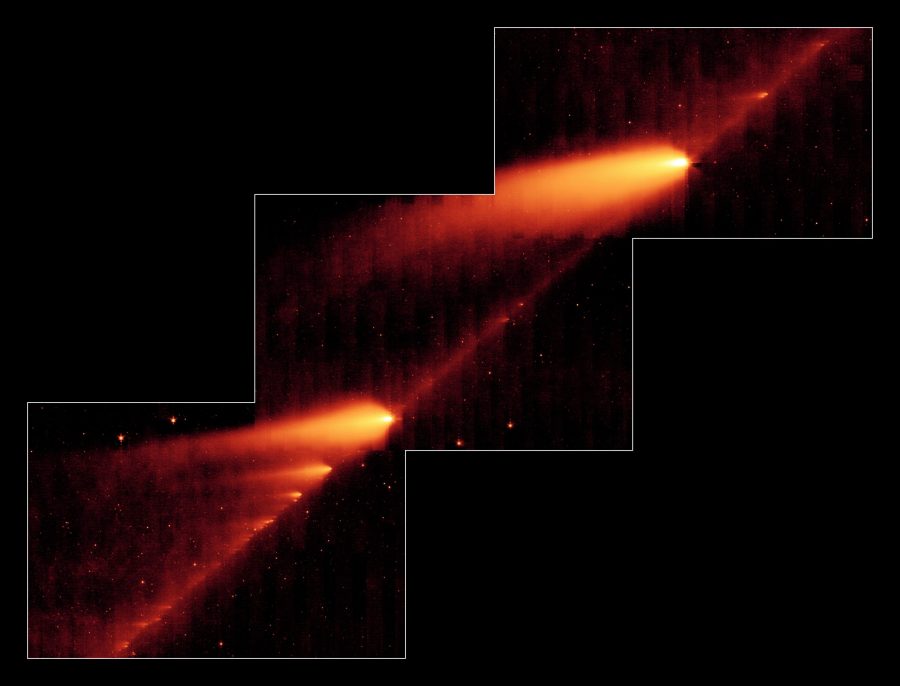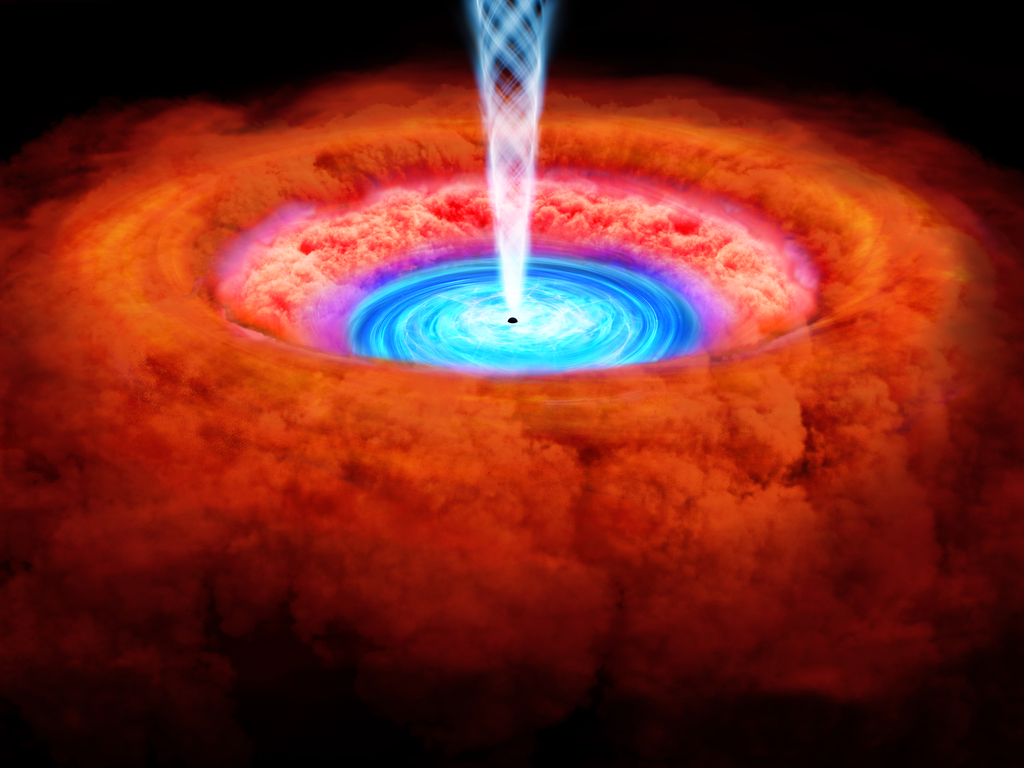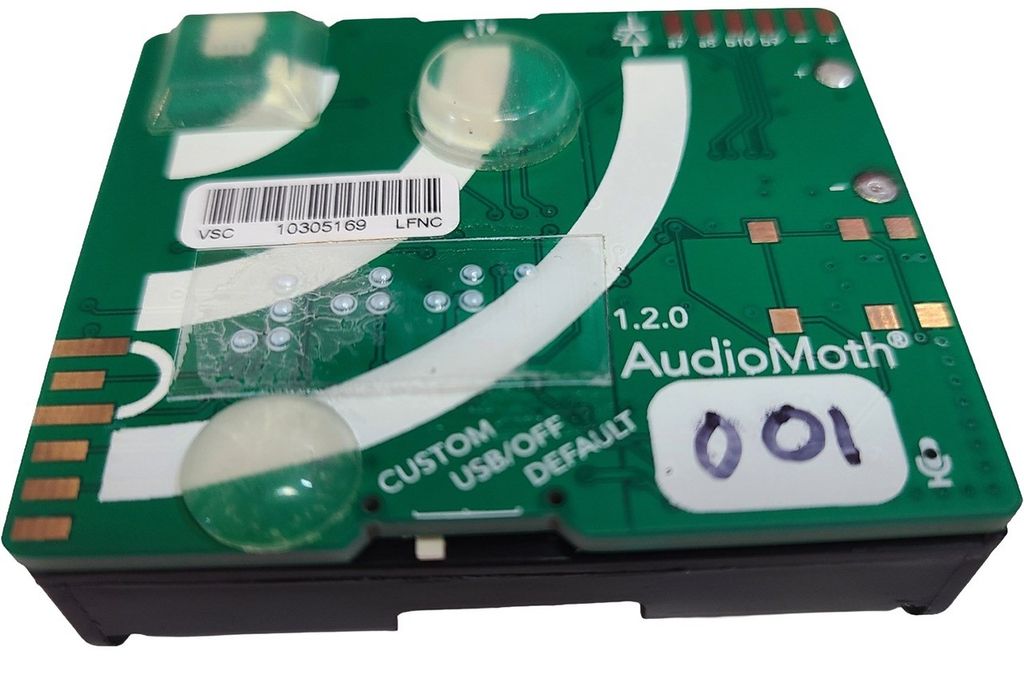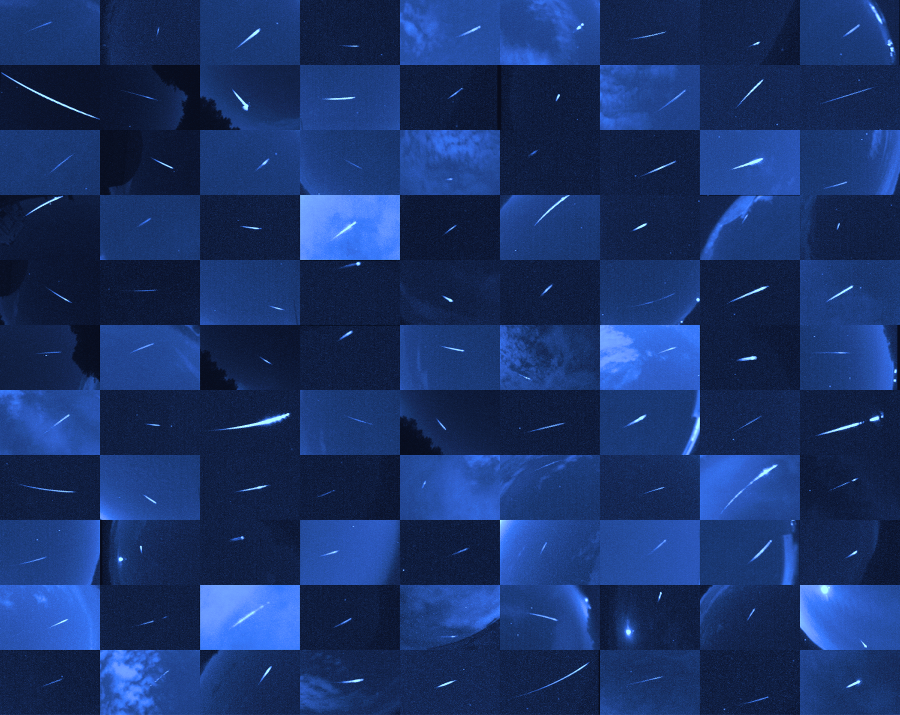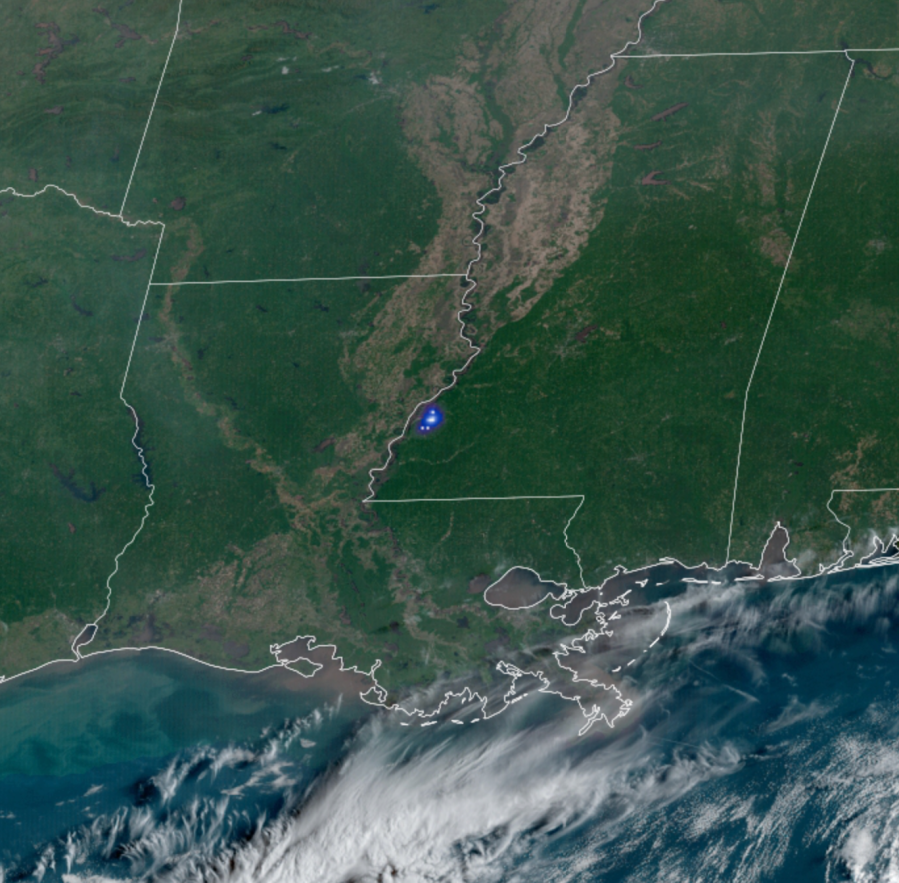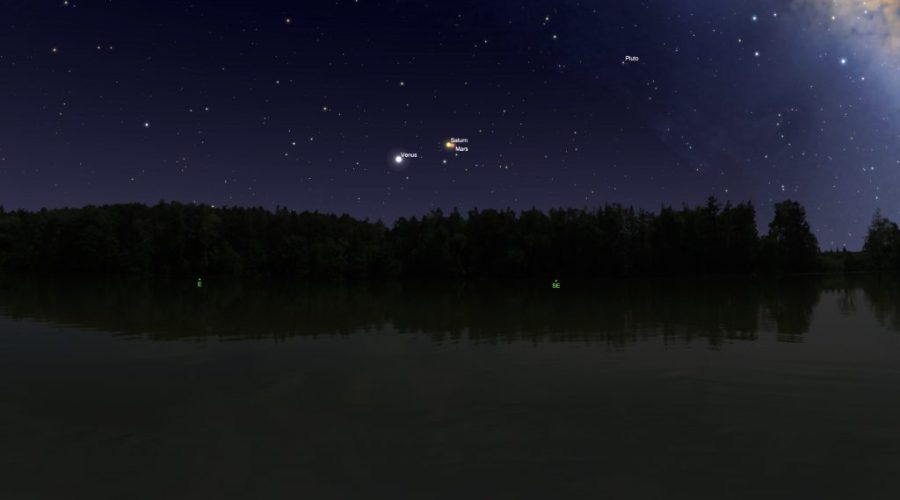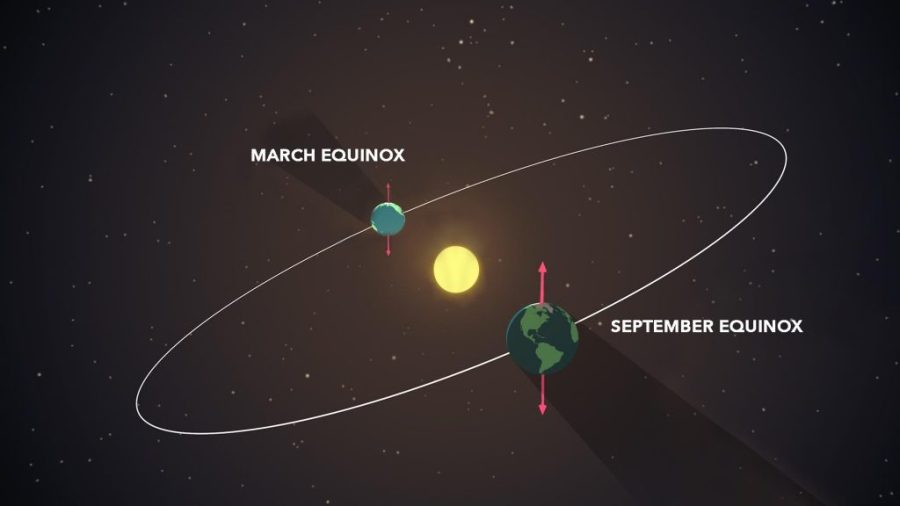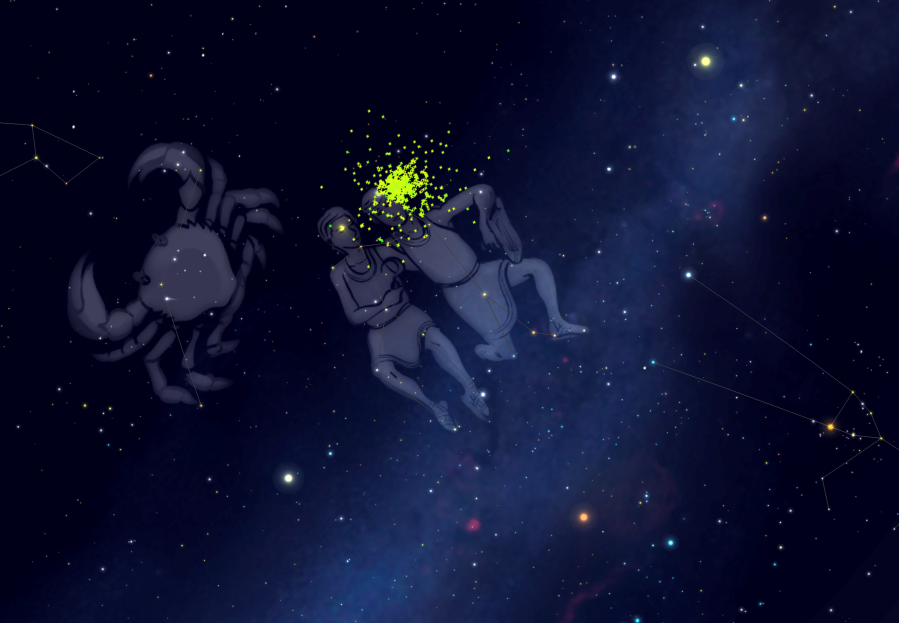Astronomers are excited about the possibility of a new meteor shower May 30-31. And that excitement has sparked a lot of information about the tau Herculids. Some has been accurate, and some has not. We get excited about meteor showers, too! But sometimes events like this don’t live up to expectations – it happened with …
New meteor shower? How many meteors will I see, really?
